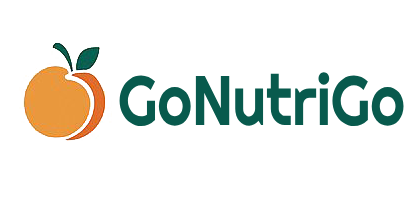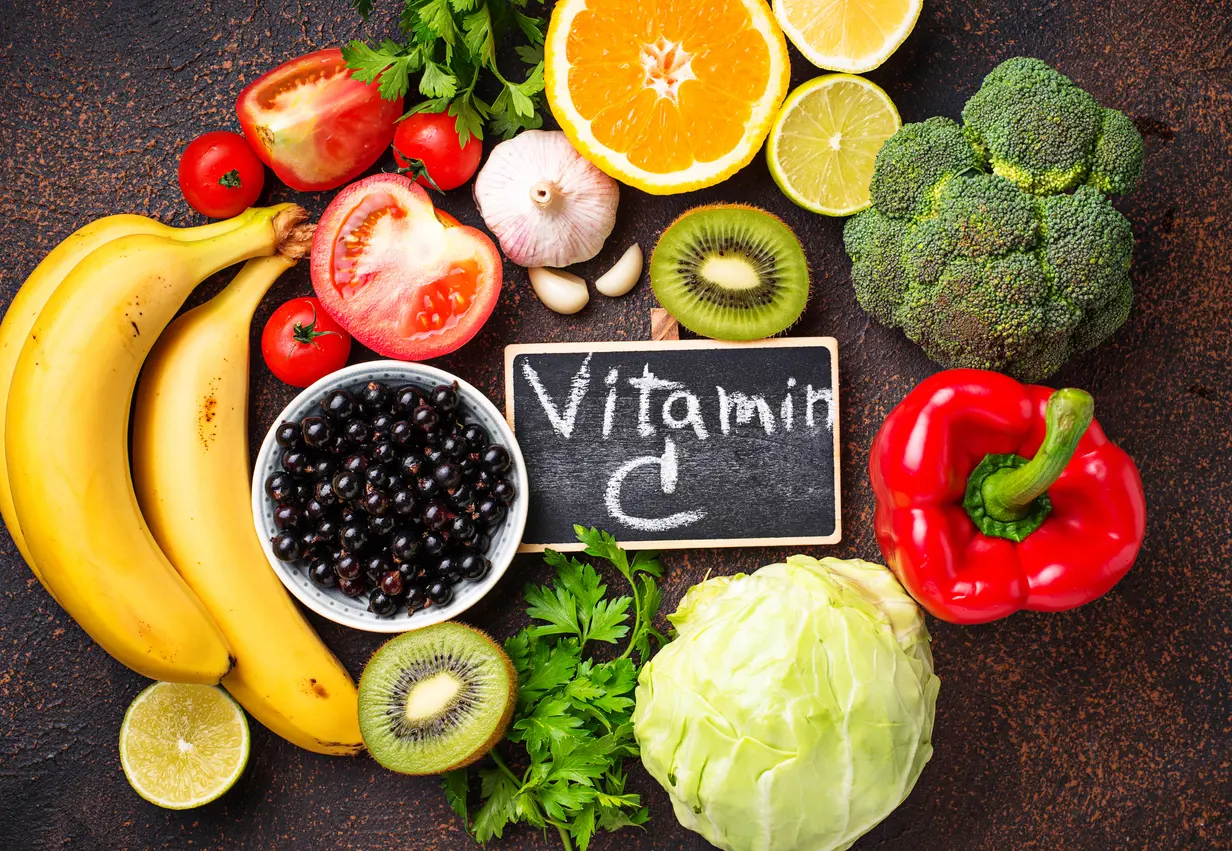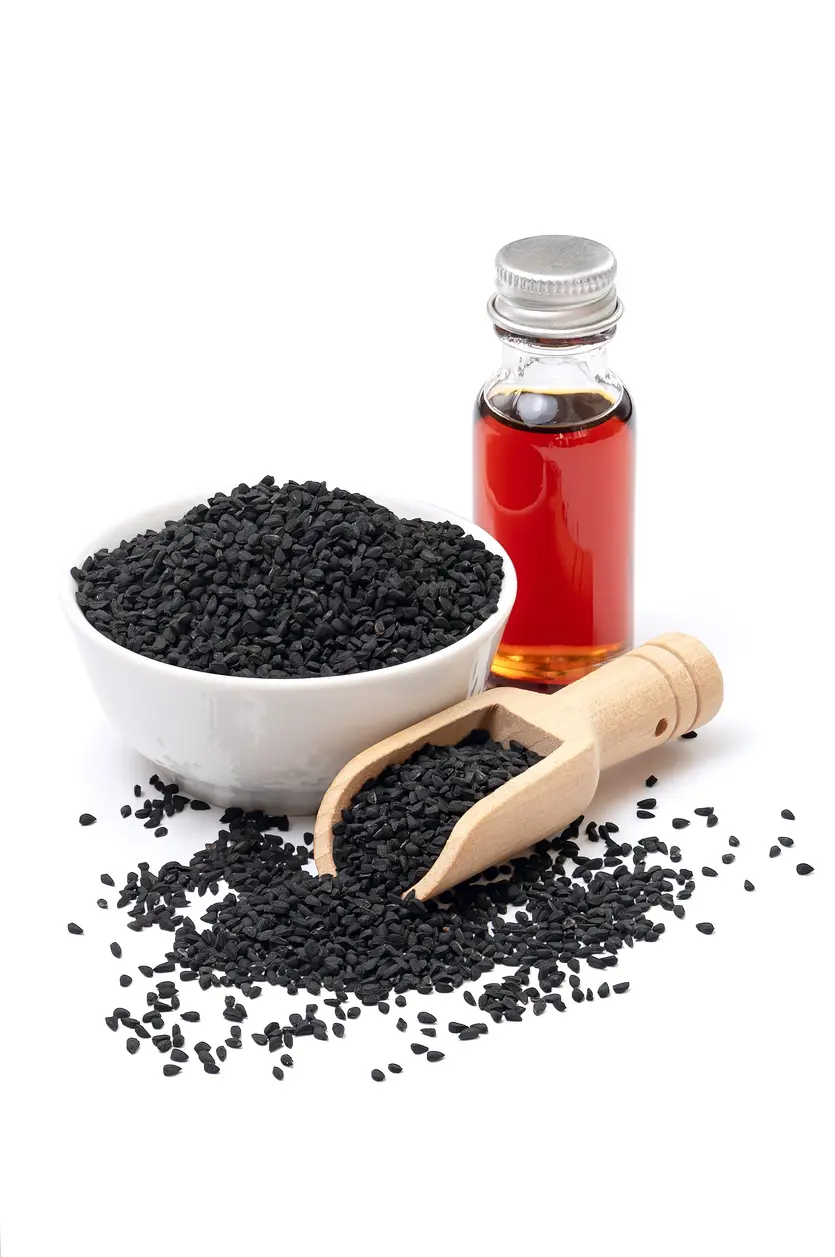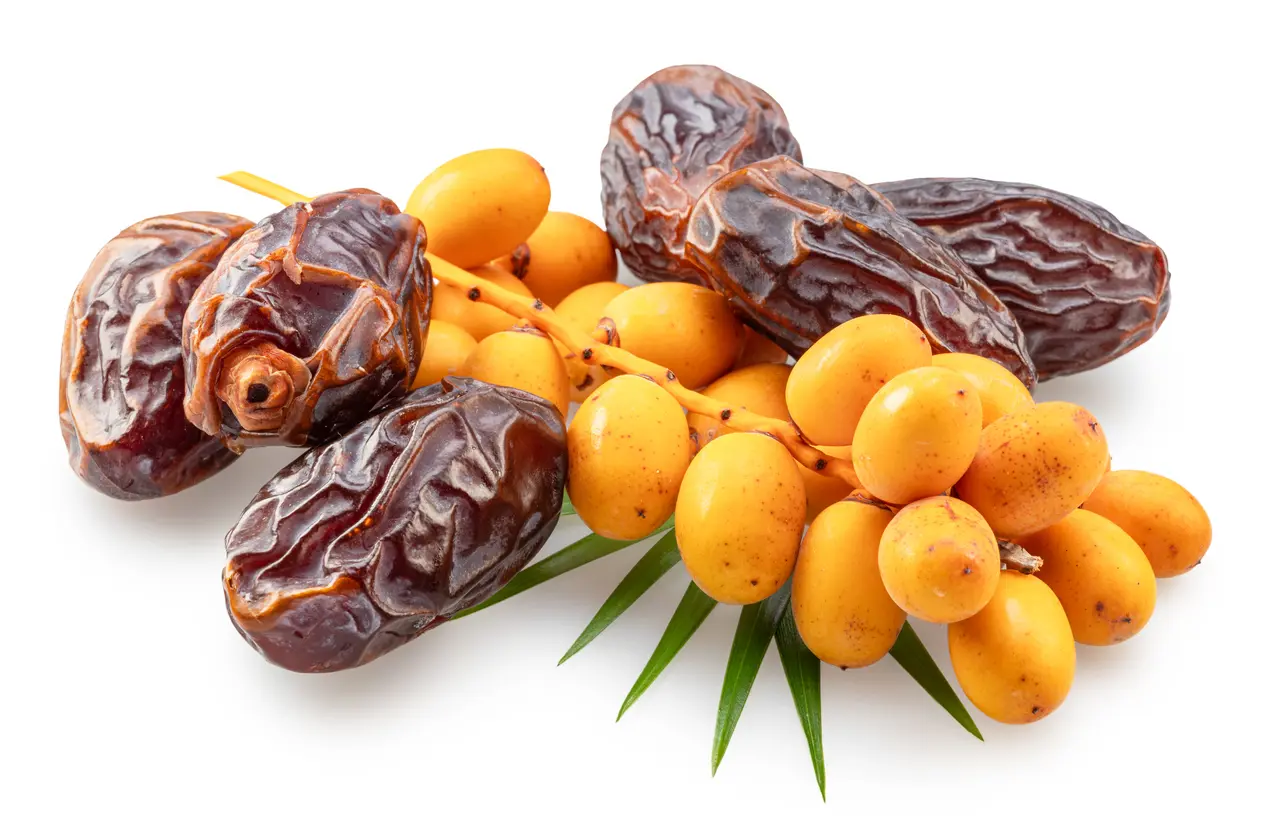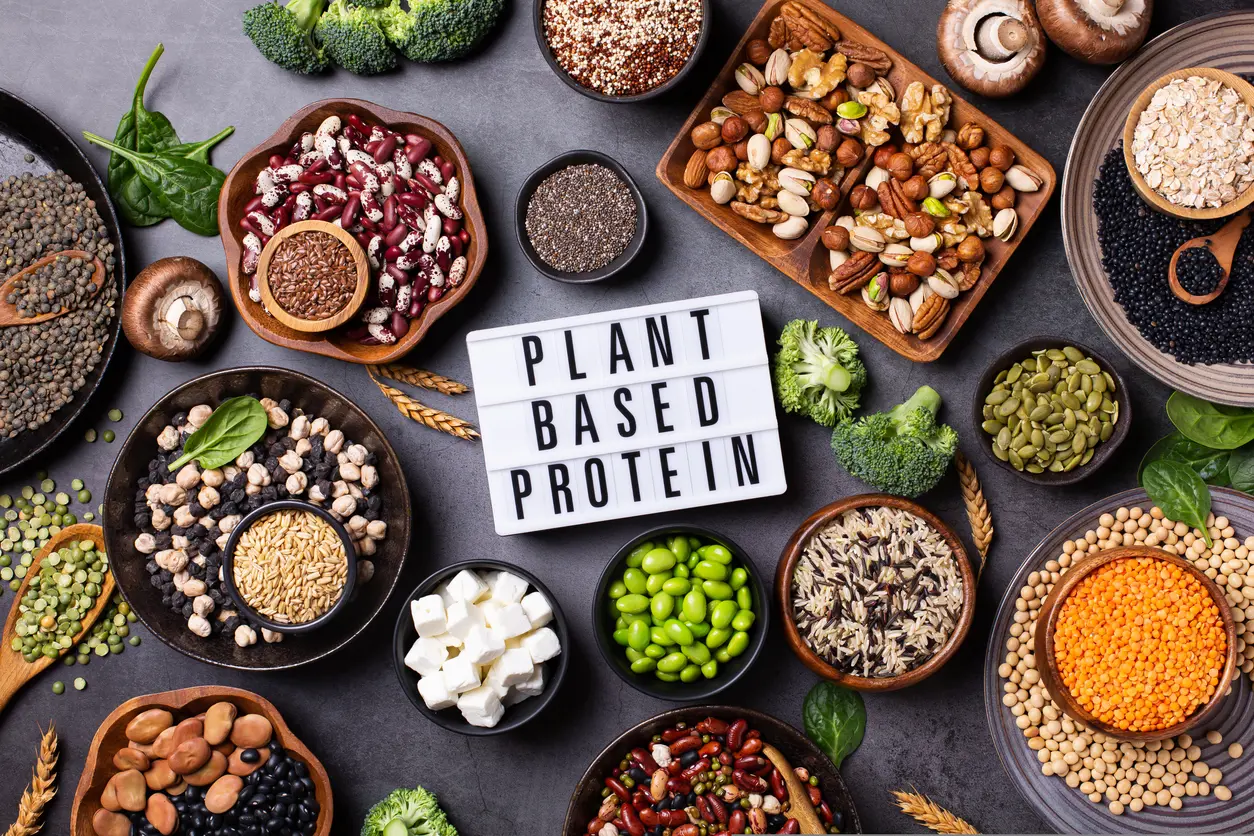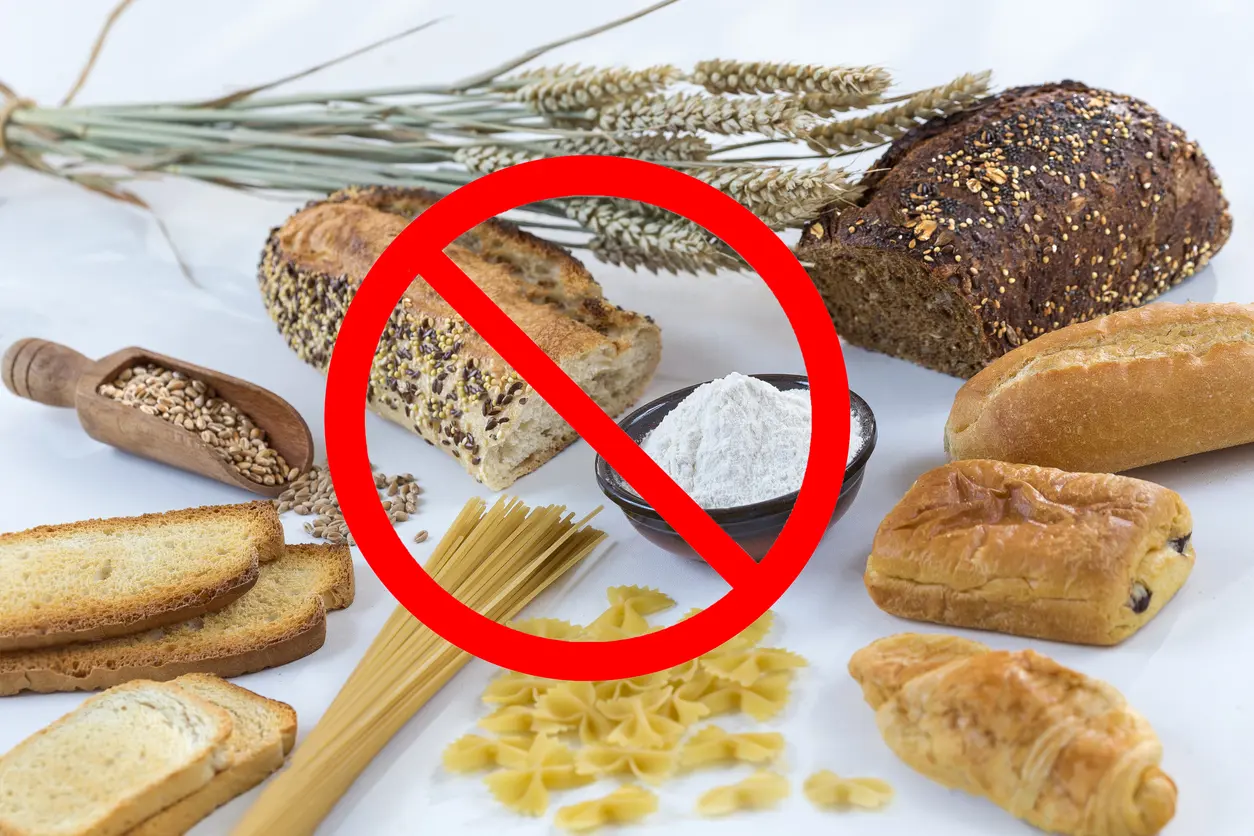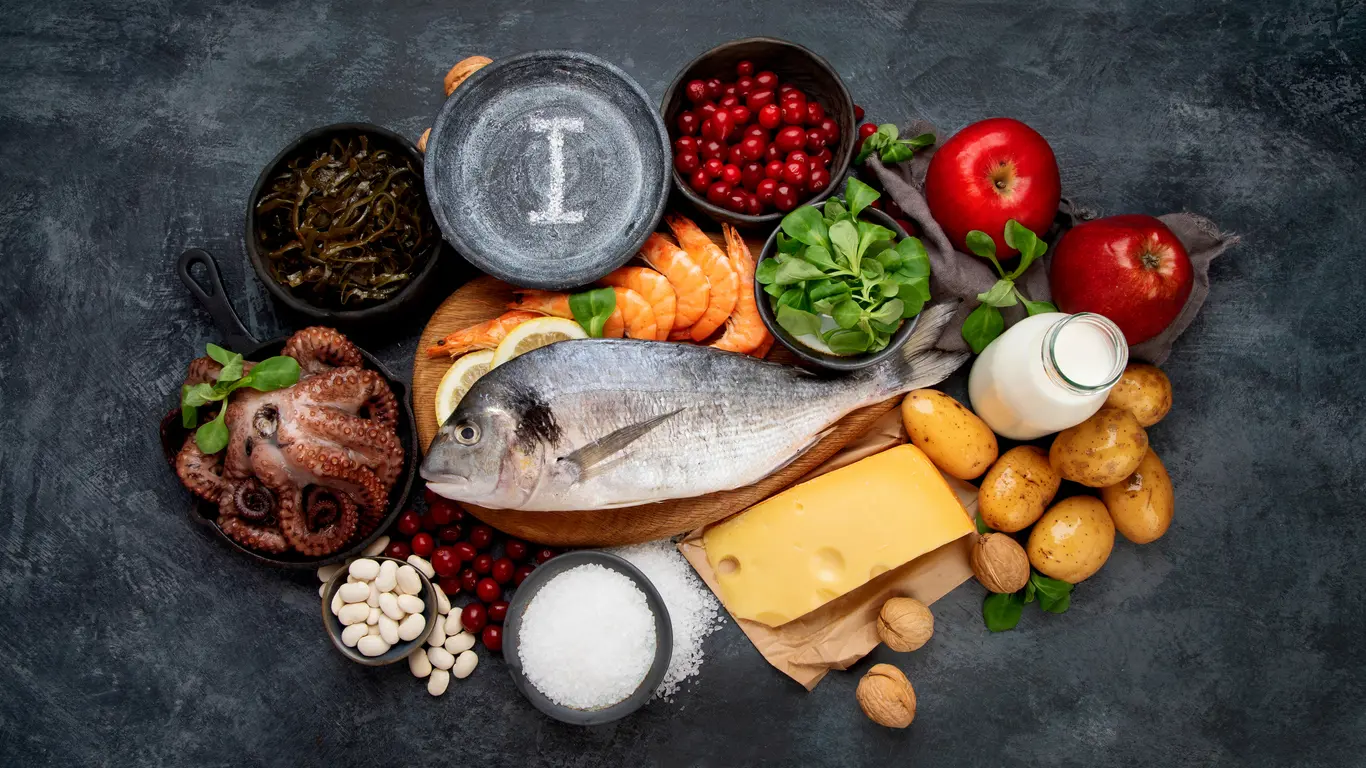Top Foods High in Estrogen
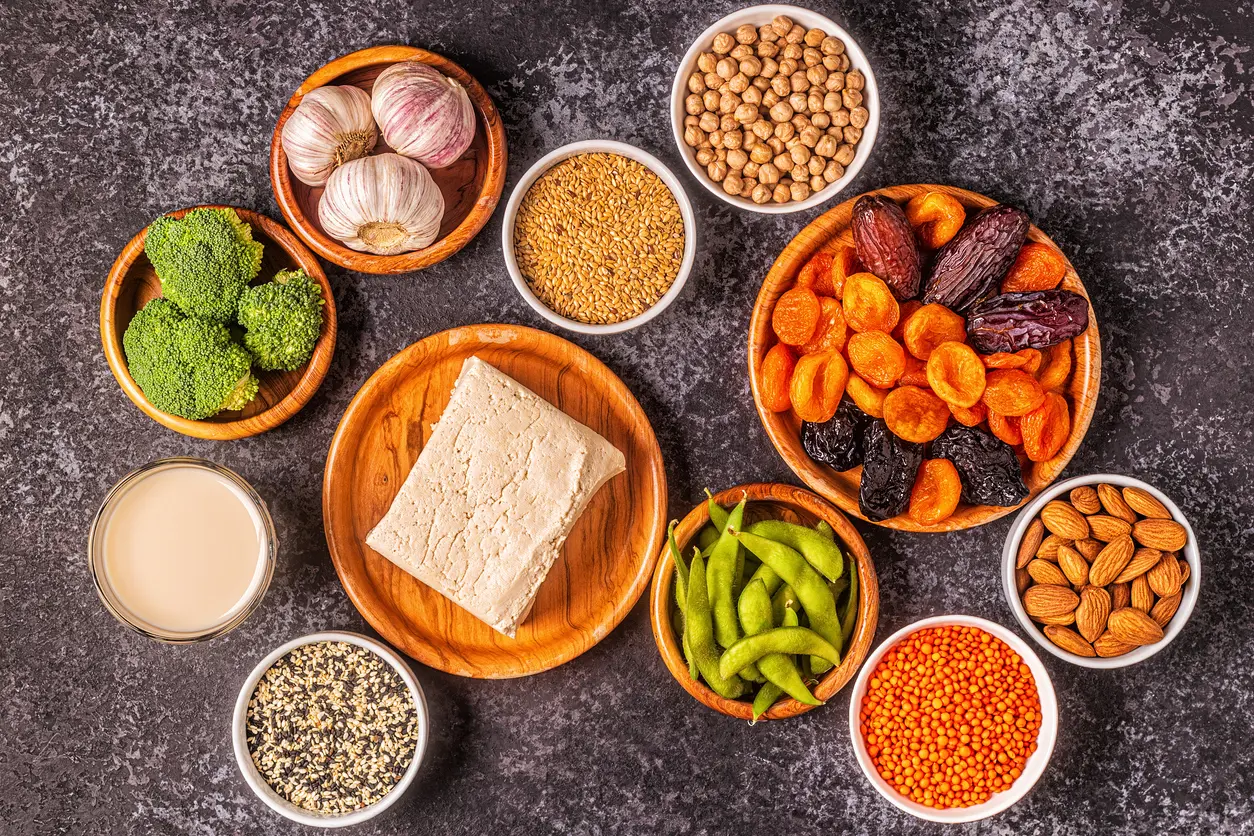
Those who are suffering from hot flashes, mood swings, irregular periods, or simply desire more hormonal balance are far from alone. Many women, especially during the perimenopausal and menopausal stages, face changes that come with fluctuating estrogen levels. While the body naturally regulates hormonal balance, what we eat may play a role in that process.
Certain foods also include phytoestrogens, or plant compounds that are structurally similar to estrogen and have the potential to mimic or regulate its function within the human body. Although they differ from human estrogen, they can help alleviate certain symptoms and promote overall hormonal well-being.
This article aims to find out what phytoestrogens are, who would benefit from taking them, and identify a list of familiar food sources that are high in these helpful substances. Whether you are experiencing menopause, struggling with PMS, or simply wanting to assist hormonal balance, these foods may provide an easy and nutritious starting point.
Estrogen-Rich Foods to Support Hormonal Balance
The foods listed below are all naturally rich in phytoestrogens, particularly isoflavones and lignans, two key plant compounds that can lightly mimic estrogen’s effects in the body. Including these foods in your diet may provide gentle support for hormone regulation, especially during times of change, such as menopause, postpartum recovery, or specific phases of the menstrual cycle.
Each food listed is not only estrogenic but also nutrient-dense, fiber-rich, and easy to add to everyday meals. Whether you’re looking to ease symptoms, support long-term health, or simply enjoy more variety in your diet, these options are a great place to start.
Soybeans and Soy Products
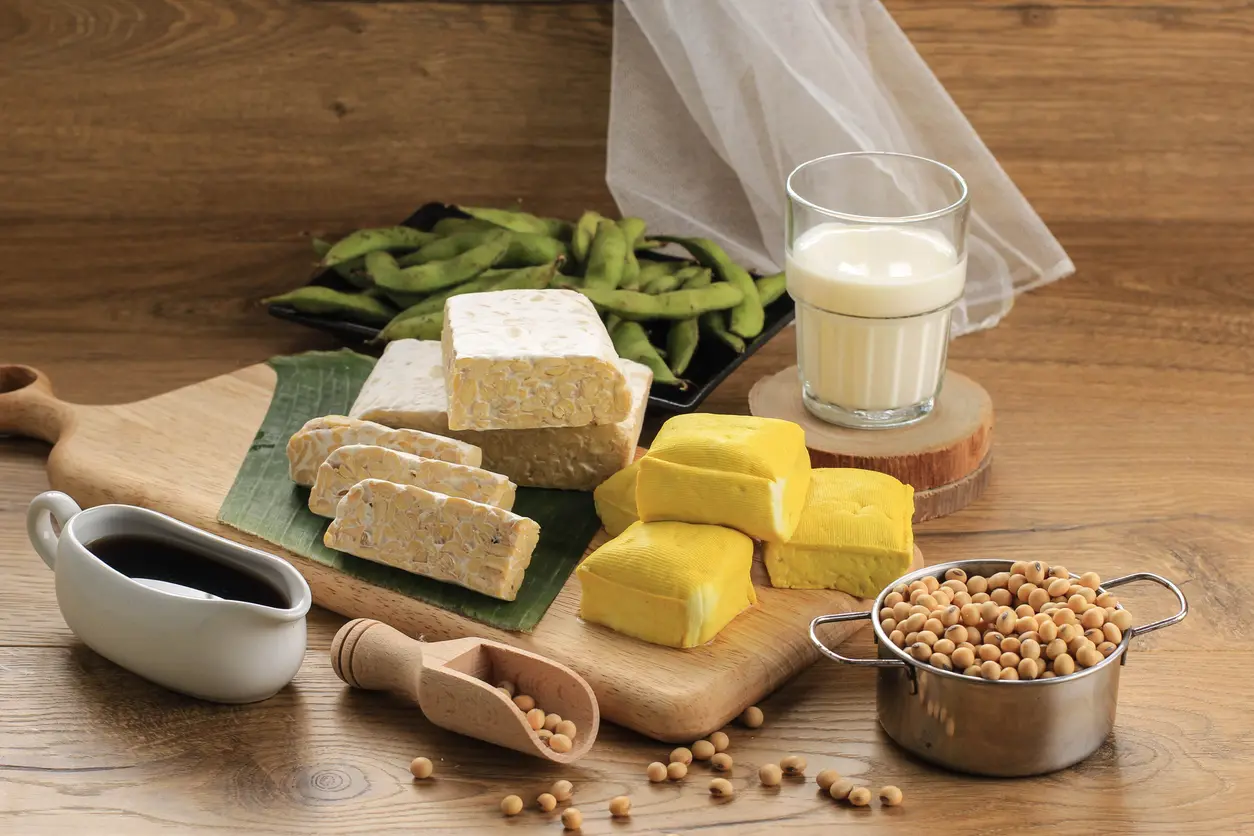
Soy is one of the most extensively researched sources of phytoestrogens, specifically isoflavones such as genistein and daidzein. These compounds can bind to estrogen receptors in the body and may help mimic or balance estrogen levels, depending on your needs. According to WebMD, soy foods may be beneficial for managing menopause symptoms like hot flashes and night sweats. [1] WebMD Soy - Uses, Side Effects, and More
Potential benefits:
May help alleviate menopause-related symptoms, support bone density, and provide a plant-based source of protein for overall wellness.
How to eat it:
Add steamed edamame to grain bowls, stir-fry tofu with veggies, or use tempeh in wraps and salads.
Flaxseeds
Flaxseeds are an excellent source of lignans, another type of phytoestrogen that may help modulate estrogen levels in the body. Lignans also act as antioxidants and contribute to cardiovascular and digestive health. Research suggests flax may support hormone balance, especially during perimenopause and menopause. [2] Rashmi Shrivastava, Sandeep Bhattacharya, Narsingh Verma, Abbas A Mehdi, Amita Pandey, Jamal A Ansari Dietary Status and the Effect of Flaxseed Supplementation on the Severity of Perimenopausal Symptoms
Potential benefits:
May help alleviate hot flashes, support breast health, and promote regular bowel movements.
How to eat it:
Add ground flaxseeds to smoothies, oatmeal, or baked goods. Be sure to use ground (not whole) flax for better absorption.
Sesame Seeds
Like flaxseeds, sesame seeds are high in lignans, which may have mild estrogenic effects. They also offer healthy fats, fiber, and essential minerals like calcium and magnesium, which are key for bone health during and after menopause. [3] Parisa Mostashari, Amin Mousavi Khaneghah Sesame Seeds: A Nutrient-Rich Superfood
Potential benefits:
May support bone density, reduce oxidative stress, and provide gentle hormonal support.
How to eat it:
Sprinkle sesame seeds on salads, stir into yogurt, or use tahini (sesame paste) in dressings or sauces.
Garlic
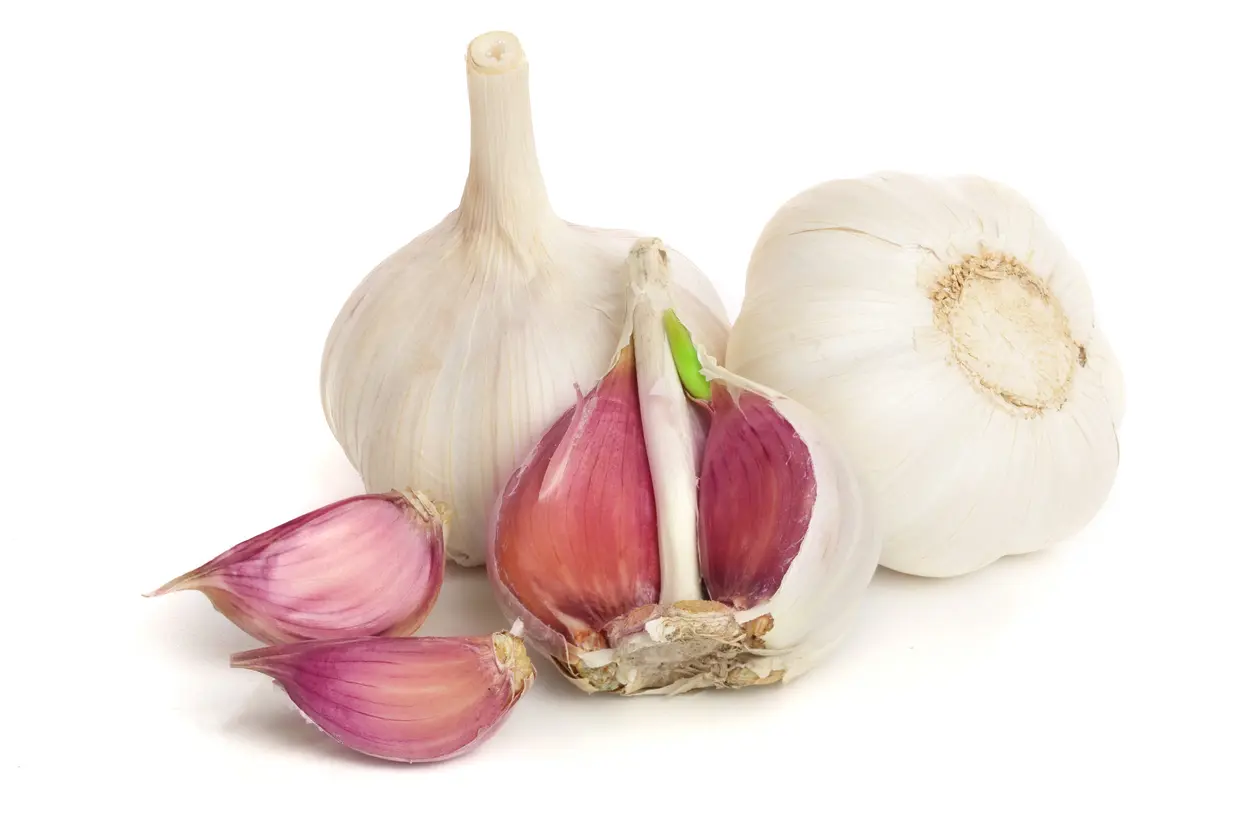
Garlic is not typically top-of-mind when it comes to hormone health, but it contains compounds that may influence estrogen levels and support overall wellness. Some studies suggest garlic may help increase estrogen in postmenopausal women while also supporting cardiovascular health and reducing inflammation.
Potential benefits:
May help protect against bone loss in postmenopausal women and support immune and heart health. One study found garlic supplementation improved estrogen status and reduced oxidative stress in menopausal women. [4] Fatemeh Jafari, Somayyeh Khalilzadeh, Fatemeh Nejatbakhsh, Maziar Naderie Therapeutic effects of garlic (Allium sativum) on female reproductive system: A systematic review
How to eat it:
Sauté with vegetables, blend into hummus, or use raw in salad dressings or dips.
Peaches
Peaches and other stone fruits contain lignans and isoflavonoids, plant compounds that can have mild estrogen-like effects. One extensive prospective study also suggested that diets high in certain fruits, including peaches, may offer protective benefits against hormone-related conditions.
Potential benefits:
May offer protective antioxidant effects and provide dietary fiber and vitamin C. According to Nutrition and Cancer, peach polyphenols may support breast health. [5] Teresa T Fung, Stephanie E Chiuve, Walter C Willett, et al Intake of specific fruits and vegetables in relation to risk of estrogen receptor-negative breast cancer among postmenopausal women, 2013, doi: 10.1007/s10549-013-2484-3
How to eat it:
Enjoy fresh as a snack, blend into smoothies, or slice into yogurt or oatmeal.
Berries
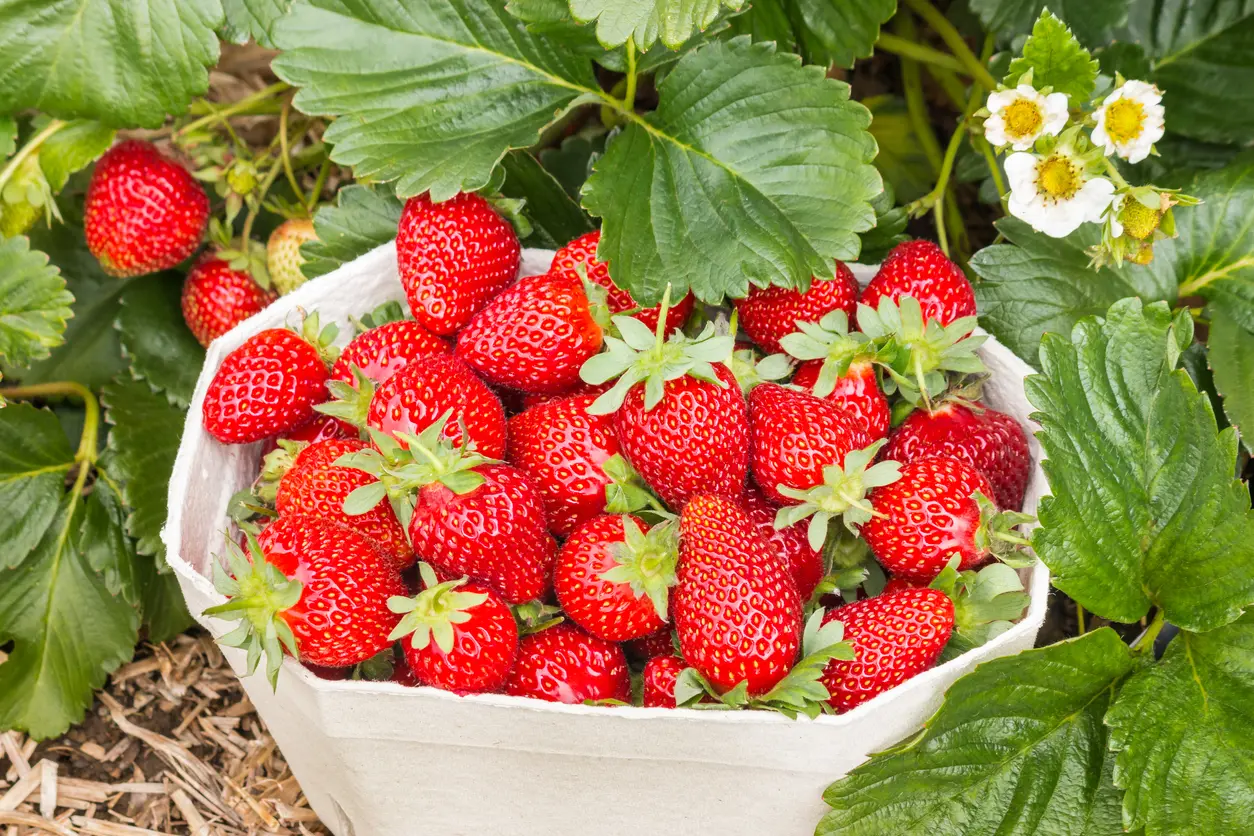
Berries are rich in flavonoids and phytoestrogens, especially when consumed regularly. While the estrogenic activity is milder than soy or flax, berries are valued for their antioxidant capacity, anti-inflammatory properties, and role in hormonal balance.
Potential benefits:
May help protect against oxidative stress, support regular menstrual cycles, and reduce inflammation. A recent review highlights the role of berries in modulating hormone function. [6] Beyza Vahapoglu, Ezgi Erskine, Busra Gultekin Subasi, Esra Capanoglu Recent Studies on Berry Bioactives and Their Health-Promoting Roles
How to eat it:
Add to cereal, stir into yogurt, or enjoy frozen as a naturally sweet snack.
Dried Fruits
Dried fruits contain phytoestrogens, particularly lignans, and are often higher in concentration than their fresh counterparts. Prunes, in particular, are studied for their bone-protective effects, especially among postmenopausal women.
Potential benefits:
May support bone density and provide dietary fiber, iron, and natural energy. One study found prunes helped preserve bone mass in postmenopausal women. [7] Mary Jane De Souza, Nicole C A Strock, Nancy I Williams, Hang Lee, Kristen J Koltun, Connie Rogers, Mario G Ferruzzi, Cindy H Nakatsu, Connie Weaver Prunes preserve hip bone mineral density in a 12-month randomized controlled trial in postmenopausal women: the Prune Study
How to eat it:
Add chopped dried fruit to oatmeal, salads, or trail mix. Look for options without added sugar.
Whole Grains
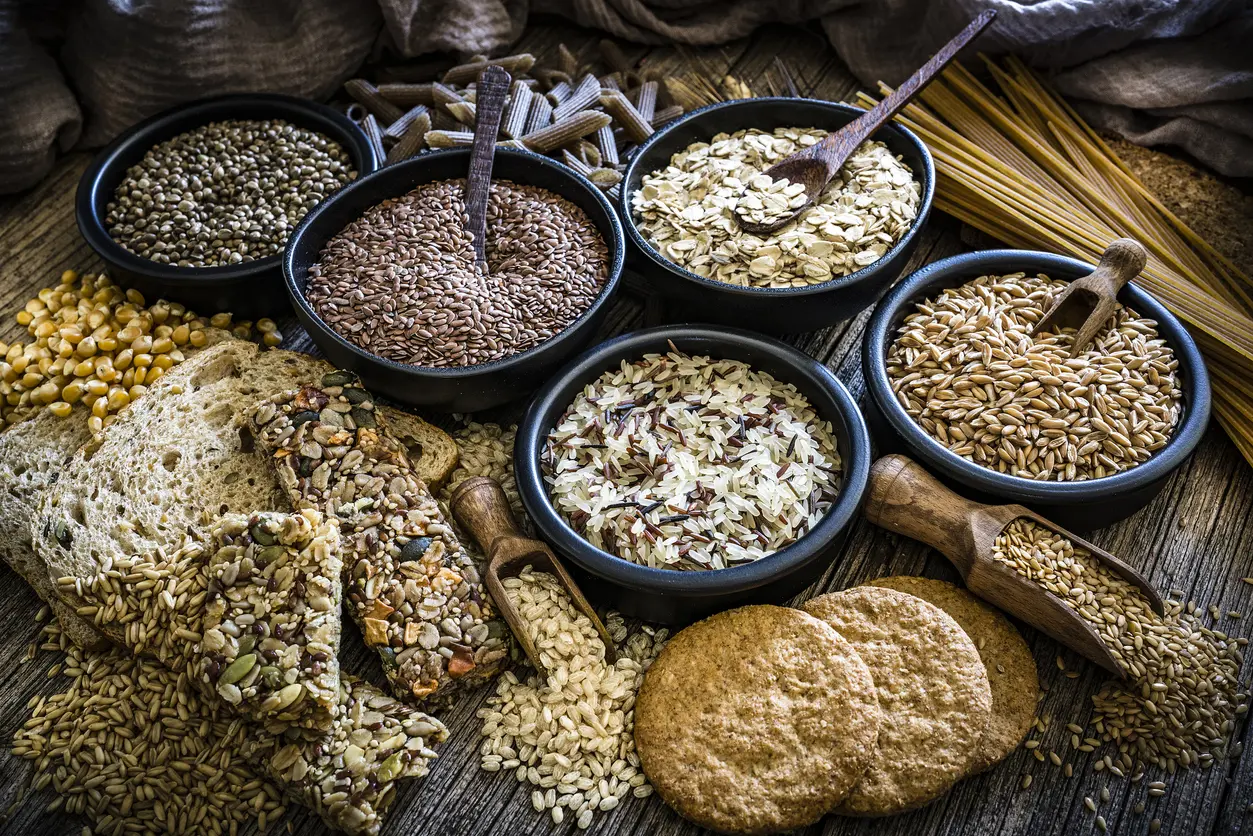
Whole grains are naturally rich in lignans, a type of phytoestrogen found in the outer layers of seeds and grains. [8] Oregon State university Lignans They also support overall hormone regulation by stabilizing blood sugar and providing fiber, B vitamins, and minerals that are especially helpful during menopause or hormonal shifts.
Potential benefits:
May support estrogen balance, improve insulin sensitivity, and reduce the risk of hormone-related chronic conditions.
How to eat it:
Use oats for breakfast, brown rice as a side, or barley in soups and stews.
Alfalfa Sprouts
Alfalfa sprouts are a lesser-known but potent source of isoflavones, the same class of phytoestrogens found in soy. These compounds may lightly mimic estrogen and have been shown to support cardiovascular and menopausal health in small-scale studies.
Potential benefits:
May offer mild estrogenic activity, promote heart health, and provide vitamins K and C. Research shows lignans in alfalfa sprouts to contain significant amounts of estrogenic compounds. [9] Inés Domínguez-López, Maria Yago-Aragón, Albert Salas-Huetos, Anna Tresserra-Rimbau, Sara Hurtado-Barroso Effects of Dietary Phytoestrogens on Hormones throughout a Human Lifespan: A Review
How to eat it:
Toss into salads, add to sandwiches, or top grain bowls for a fresh, crunchy boost.
Chickpeas and Lentils
Chickpeas and lentils contain both lignans and isoflavones, making them gentle estrogen-supporting foods. They are also rich in fiber and plant-based protein, which makes them ideal for supporting blood sugar balance and gut health, two important components of hormonal wellness.
Potential benefits:
May help reduce symptoms of PMS, improve digestion, and support hormonal stability. According to a 2020 study, legumes may play a role in reducing menopausal symptoms through their phytoestrogen content. [9] Inés Domínguez-López, Maria Yago-Aragón, Albert Salas-Huetos, Anna Tresserra-Rimbau, Sara Hurtado-Barroso Effects of Dietary Phytoestrogens on Hormones throughout a Human Lifespan: A Review
How to eat it:
Use in stews, curries, salads, or as a base for dips like hummus.
Nuts
Nuts, especially pistachios and walnuts, contain moderate amounts of phytoestrogens and are packed with healthy fats, fiber, and plant compounds that support hormonal health. While not as rich in isoflavones as soy or flax, they can still contribute to a hormone-supportive eating pattern.
Potential benefits:
May reduce inflammation, support heart and brain health, and aid hormone production. Research actually shows pistachios as one of the highest phytoestrogen-containing nuts. [10] Alasalvar C, et al. Natural antioxidants in tree nuts. Eur J Lipid Sci Technol. 2009;111,1056–1062.
How to eat it:
Snack on a handful, sprinkle on salads or yogurt, or blend into homemade nut butters.
Cruciferous Vegetables
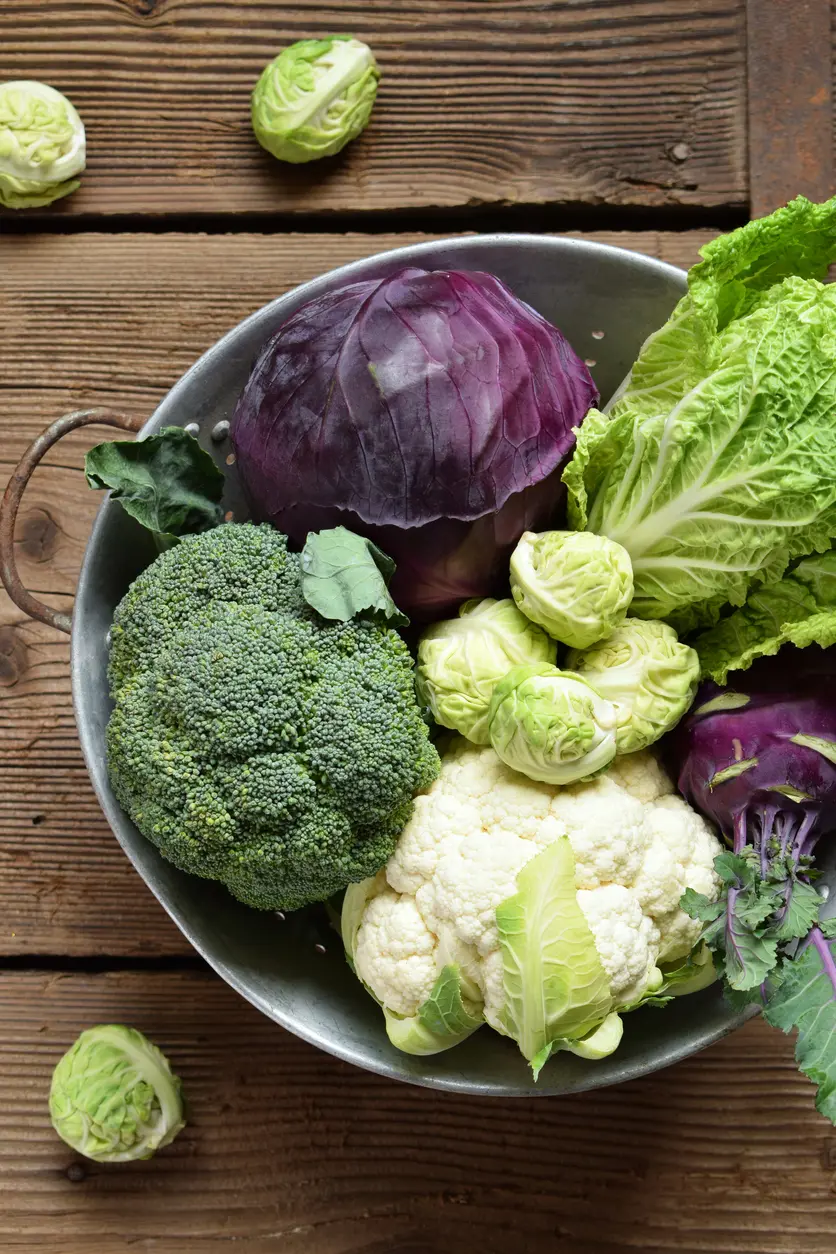
Cruciferous vegetables may not be high in phytoestrogens, but they contain compounds like indole-3-carbinol, which support estrogen metabolism and balance. These vegetables are often recommended to promote healthy estrogen detoxification and may benefit those with estrogen dominance. [11] Caroline Morin, NBC-HWC Estrogen dominance diet: What to eat for hormonal balance
Potential benefits:
May support estrogen metabolism, reduce inflammation, and protect against hormone-sensitive cancers.
How to eat it:
Steam, roast, or stir-fry with olive oil and garlic, or blend kale into smoothies.
Red Wine
Red wine contains resveratrol, a plant compound with antioxidant and potential estrogenic activity. While it should be consumed mindfully, some research suggests that moderate red wine intake may support heart health and provide mild hormonal benefits. [12] Luigi Castaldo, Alfonso Narváez, Luana Izzo, Giulia Graziani, Anna Gaspari, Giovanni Di Minno, Alberto Ritieni Red Wine Consumption and Cardiovascular Health
Potential benefits:
May support cardiovascular health and offer light phytoestrogenic effects when consumed in moderation.
How to enjoy it:
If you drink alcohol, a 4-ounce glass of red wine a few times a week may be beneficial. Avoid excess, especially with hormone-sensitive conditions.
How Do Phytoestrogens Work in the Body?
Phytoestrogens are naturally occurring compounds found in certain plant-based foods. Structurally, they resemble the estrogen produced by the human body, which allows them to bind to estrogen receptors and exert mild estrogen-like or anti-estrogenic effects depending on the individual’s hormone levels.
Their action is not identical to human estrogen, but they can modulate estrogen activity, which means they may increase or decrease its effects based on what your body needs. These comppinds can be especially useful during menopause when natural estrogen levels drop, or in cases of hormonal imbalance like PCOS.
Benefits of Estrogen-Rich Foods
Including phytoestrogen-rich foods in your diet may offer several potential health benefits, especially for women navigating hormonal shifts. These foods are not only gentle in their hormonal effects but also packed with nutrients that support overall well-being.
Possible benefits include:
- Relief from menopause symptoms like hot flashes and night sweats
- Support for bone density and reduced risk of osteoporosis
- Regulation of menstrual cycles and support for PMS management
- Reduced inflammation and protection against oxidative stress
- Potential cardiovascular and cognitive benefits in aging women
Who Should Be Cautious With Estrogenic Foods?
While estrogenic foods are safe and beneficial for most people, there are a few cases where moderation or medical guidance is important.
- Consider speaking to a healthcare provider if you:
- Have a history of estrogen-receptor-positive breast cancer
- If you are taking hormone replacement therapy (HRT)
- Have a thyroid disorder, as high-soy diets may interfere with thyroid function in iodine-deficient individuals.
- Are pregnant or breastfeeding, and considering major dietary changes
The American Cancer Society notes that moderate soy and phytoestrogen intake is likely safe for breast cancer survivors, but it’s best to talk to your doctor and make decisions based on your medical history. [13] The American Cancer Society medical and editorial content team Soy and Cancer Risk: Our Expert’s Advice
Conclusion
Estrogen-rich foods are not a cure for hormone imbalance, but they can be a helpful, natural support for your overall health. Many of the foods in this guide, like flaxseeds, soy, berries, and whole grains, are not only rich in phytoestrogens but also provide fiber, antioxidants, and essential nutrients.
Whether you're going through menopause, managing PMS, or simply aiming for more hormonal stability, experimenting with a few of these foods in a mindful way can help support your overall well-being. Remember that everyone’s body is different. It’s always a good idea to listen to your symptoms, be mindful of how your body responds, and talk to a healthcare provider or dietitian for personalized guidance.
Was this article helpful?
-
Soy - Uses, Side Effects, and More; WebMD;
https://www.webmd.com/vitamins/ai/ingredientmono-975/soy#overview -
Dietary Status and the Effect of Flaxseed Supplementation on the Severity of Perimenopausal Symptoms; Rashmi Shrivastava, Sandeep Bhattacharya, Narsingh Verma, Abbas A Mehdi, Amita Pandey, Jamal A Ansari;
https://pmc.ncbi.nlm.nih.gov/articles/PMC11953605/ -
Sesame Seeds: A Nutrient-Rich Superfood ; Parisa Mostashari, Amin Mousavi Khaneghah;
https://pmc.ncbi.nlm.nih.gov/articles/PMC11049391/ -
Therapeutic effects of garlic (Allium sativum) on female reproductive system: A systematic review; Fatemeh Jafari, Somayyeh Khalilzadeh, Fatemeh Nejatbakhsh, Maziar Naderie;
https://pmc.ncbi.nlm.nih.gov/articles/PMC10709373/ -
Intake of specific fruits and vegetables in relation to risk of estrogen receptor-negative breast cancer among postmenopausal women, 2013, doi: 10.1007/s10549-013-2484-3; Teresa T Fung, Stephanie E Chiuve, Walter C Willett, et al;
https://pubmed.ncbi.nlm.nih.gov/23532538/ -
Recent Studies on Berry Bioactives and Their Health-Promoting Roles; Beyza Vahapoglu, Ezgi Erskine, Busra Gultekin Subasi, Esra Capanoglu;
https://pmc.ncbi.nlm.nih.gov/articles/PMC8747047/ -
Prunes preserve hip bone mineral density in a 12-month randomized controlled trial in postmenopausal women: the Prune Study; Mary Jane De Souza, Nicole C A Strock, Nancy I Williams, Hang Lee, Kristen J Koltun, Connie Rogers, Mario G Ferruzzi, Cindy H Nakatsu, Connie Weaver;
https://pubmed.ncbi.nlm.nih.gov/35798020/ -
Lignans; Oregon State university;
https://lpi.oregonstate.edu/mic/dietary-factors/phytochemicals/lignans -
Effects of Dietary Phytoestrogens on Hormones throughout a Human Lifespan: A Review; Inés Domínguez-López, Maria Yago-Aragón, Albert Salas-Huetos, Anna Tresserra-Rimbau, Sara Hurtado-Barroso;
https://pmc.ncbi.nlm.nih.gov/articles/PMC7468963/ -
Natural antioxidants in tree nuts. Eur J Lipid Sci Technol. 2009;111,1056–1062.; Alasalvar C, et al. ;
https://americanpistachios.org/research-archives/antioxidants-research#:~:text=Pistachio%20has%20the%20highest%20total,382.5%20mg%2F100%20g -
Estrogen dominance diet: What to eat for hormonal balance; Caroline Morin, NBC-HWC;
https://www.womenshealthnetwork.com/hormonal-imbalance/estrogen-dominance-diet/ -
Red Wine Consumption and Cardiovascular Health; Luigi Castaldo, Alfonso Narváez, Luana Izzo, Giulia Graziani, Anna Gaspari, Giovanni Di Minno, Alberto Ritieni;
https://pmc.ncbi.nlm.nih.gov/articles/PMC6804046/ -
Soy and Cancer Risk: Our Expert’s Advice; The American Cancer Society medical and editorial content team;
https://www.cancer.org/cancer/latest-news/soy-and-cancer-risk-our-experts-advice.html

